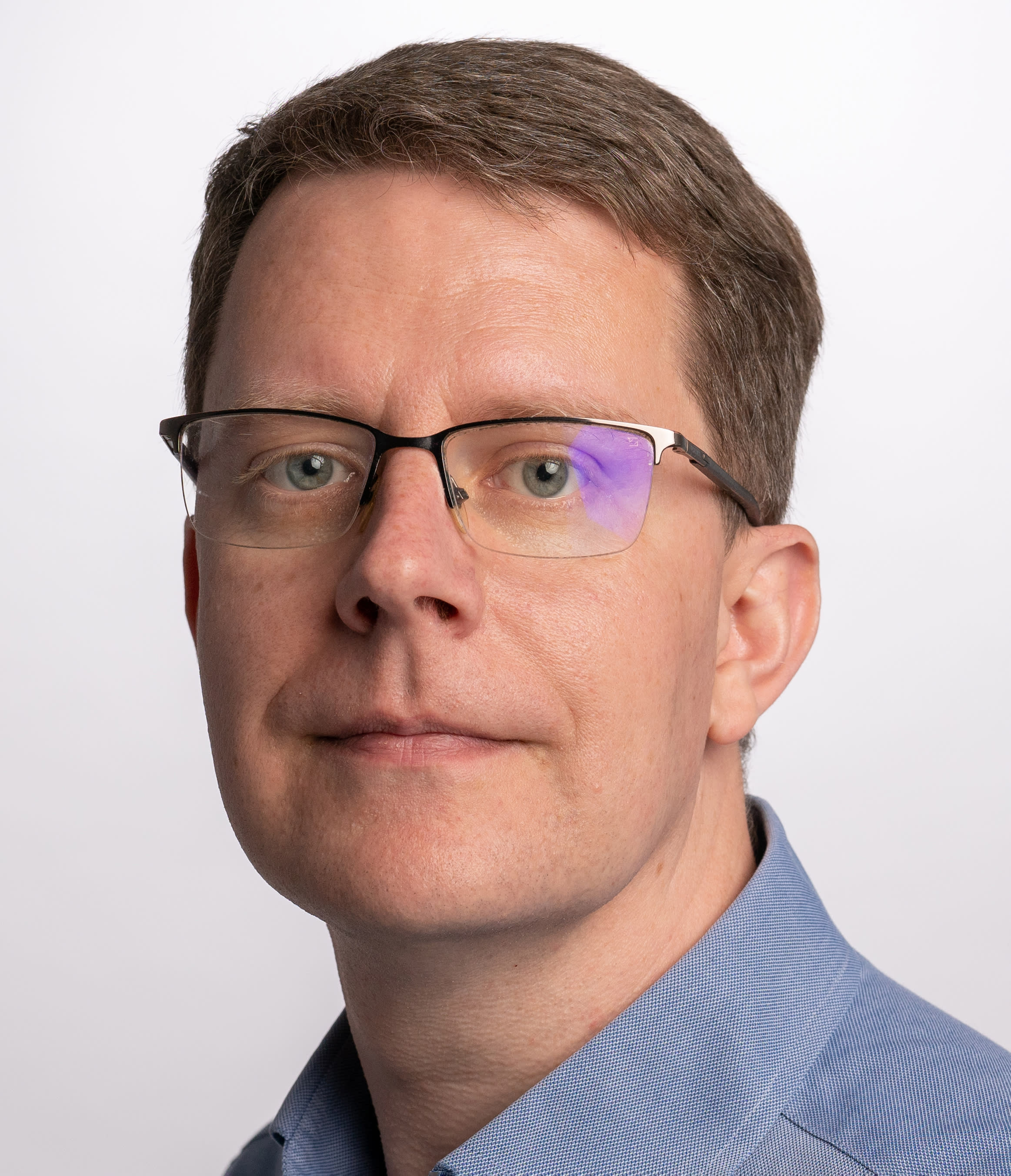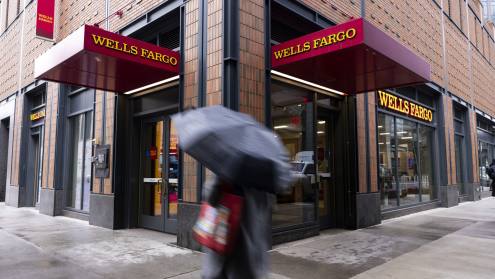At a glance
Q: What is the outlook for the Democratic Republic of Congo’s (DRC’s) economy in 2024, and what does this mean for Rawbank?
A: The DRC’s economic growth is closely linked to commodity prices, and to copper in particular. Prices have been firm in 2023 and we don’t see them softening too aggressively in the new year. Major Western economies appear to be chugging along even in the current higher interest rate environment. We expect rates to remain higher for longer, which should sustain commodity prices into 2024.
The IMF [International Monetary Fund] recently forecast that the DRC’s economy will grow by 6.7% in 2023, and we expect to see continued growth along those lines in the years to come. Authorities in October reached an agreement with the IMF on policies to agree to the fifth review of the country’s three-year arrangement under the fund’s extended credit facility, which is expected to continue into 2024. This is set to support government spending on infrastructure, capacity reinforcement and general development into the new year.
Rawbank has enjoyed strong growth in recent years, with deposits, assets and revenues all posting a CAGR [compound annual growth rate] of around 25–30% for the past five years. This is reflective of the strong economy and the quality of service we provide to customers. The past year has been another stellar year, and we expect our year-end results to be very strong.
Q: What are going to be the main drivers of credit growth for you as a bank in 2024?
A: Our credit volumes have practically doubled during the past two years, and the pipeline remains strong across all segments. The corporate segment is underpinned primarily by the mining sector, but there are also a number of other larger companies in FMCG [fast-moving consumer goods] and other segments that are expanding rapidly and in need of plenty of extra financing.
That also goes for the SME segment that services the large corporates; there’s plenty of capacity in the value chain that needs to be installed there as well, with the retail loan book also growing very strongly.
Q: The past years have seen foreign investment into the DRC’s banking sector increase significantly. Do you expect consolidation and outside investment to continue in the coming years?
A: The DRC is a large market with a population of 100 million, so it’s natural that companies in neighbouring countries who want to grow their customer base will want to tap into this market.
I think that external investment in the sector is a trend that we’ll see continuing, and it’s a very welcome one, as new players coming in will bring in new products and services from their home markets. Of course you can’t just copy and paste a service that’s offered elsewhere, but we can look at such services and see how they can be adapted for our local context.
Q: The bancassurance market has been growing steadily in the DRC in recent years. How would you characterise this market currently?
A: In a low income market like the DRC, things like basic health problems, a car accident, a fire at home or the death of a loved one can have a devastating impact on families and cause them to go into debt.
So there’s a large market for insurance products, especially microinsurance. But there can be a reticence especially among retail customers that have not experienced even basic products. [It is difficult] to persuade them that they’re not just buying a piece of paper. There’s a lot of education that needs to happen to convince them to part with their hard-earned money.
We’ve found the best marketing tool for our insurance products is to ensure that the bank steps in to service claims quickly, which in turn creates a viral effect among communities that demonstrates that insurance is worth having.
We’re actively selling bancassurance products at 40 of our branches, and at the same time running education campaigns about the advantages of such products should something go wrong. The uptake has been quite strong so far.
Q: Increased lending to SMEs is widely seen as a crucial tool for growing economies in the DRC and elsewhere across Africa. What efforts are you making to expand your lending to smaller businesses?
A: It’s important to look at distinct categories of SMEs rather than treat them as just one segment. At the top you have well-established businesses that might have a turnover of $15m a year and that have strong relationships with larger corporates. Such businesses already have access to finance.
Below that level, you have even smaller businesses that will vary from a few shops to a tabletop business, which are better served by a more tailored microfinancing offering. Rawbank is planning to finance 20,000 of these businesses by 2025. It’s a really exciting programme that is going well so far.
Many banks have stumbled in lending to this segment, resulting in high loan losses in percentage terms. Lenders need to be smart in their underwriting processes, and to look at non-traditional variables, such as how long a trader has occupied their stall, do they pay their rent on time and so on, rather than just asking them for audited financial statements. By using such measures you can build up a picture of how creditworthy somebody is.
Having made such an assessment, it’s important to help such businesses build capacity, as many people running these smaller businesses have a limited understanding of what it means to scale up their operations, for example what it means to run three or four shops instead of just one. So there needs to be a lot of coaching and education, and a real proximity between the business owner and the banking officer, who can serve as a true advisor.
We’re currently recruiting 150 commercial banking officers to help with this process, giving them around eight months worth of training to help them come alongside customers who are at different points of their business journey.













